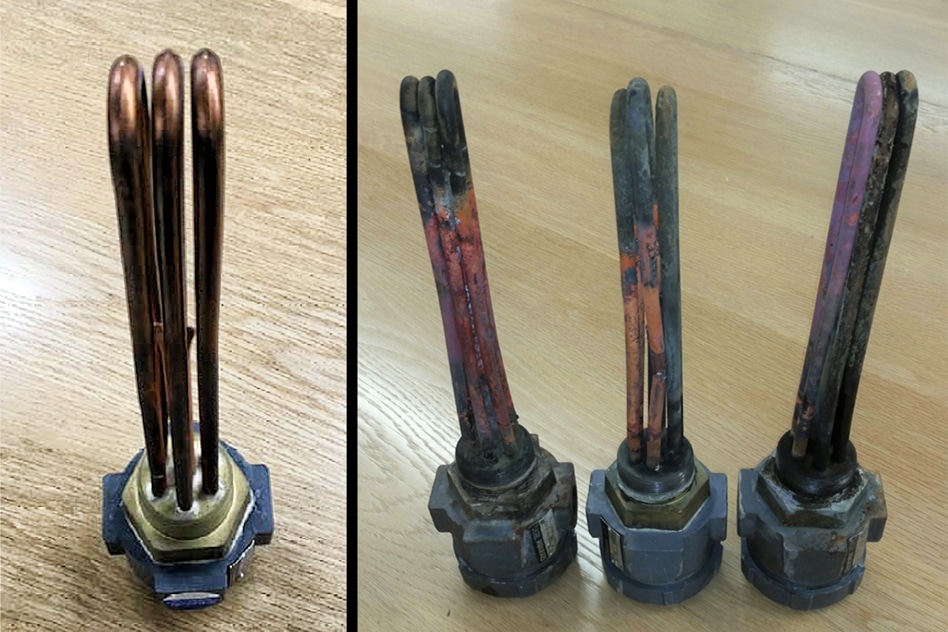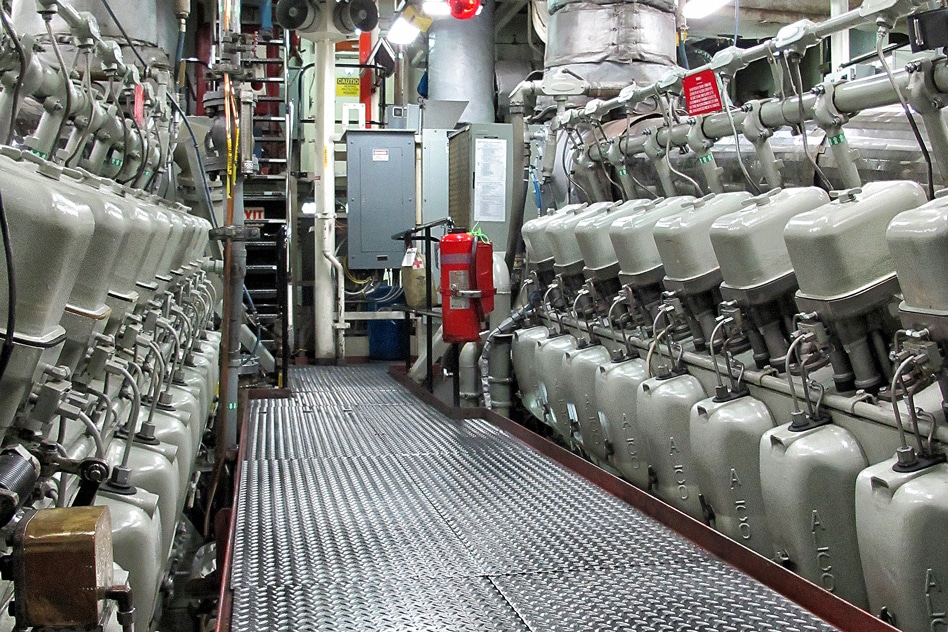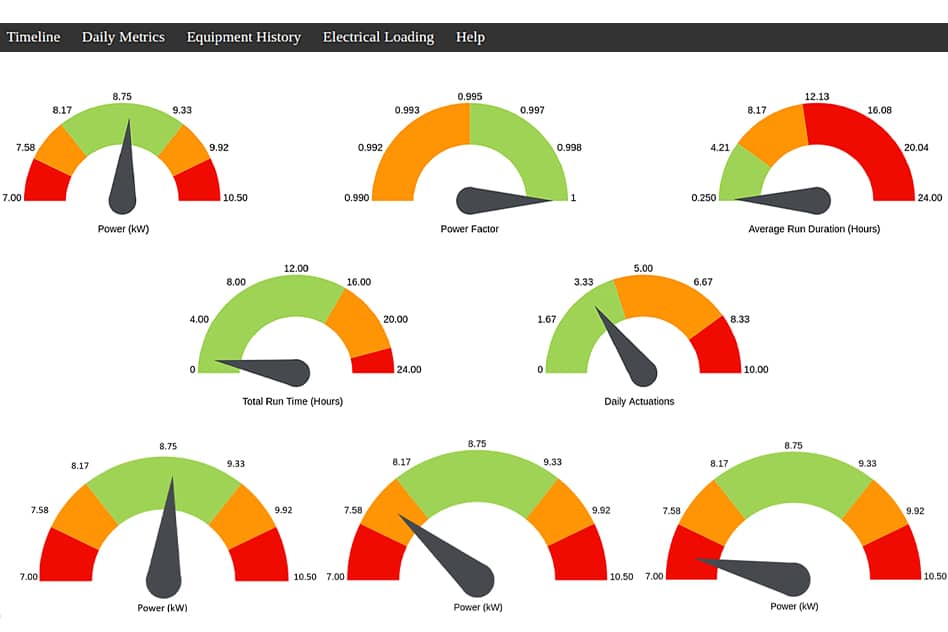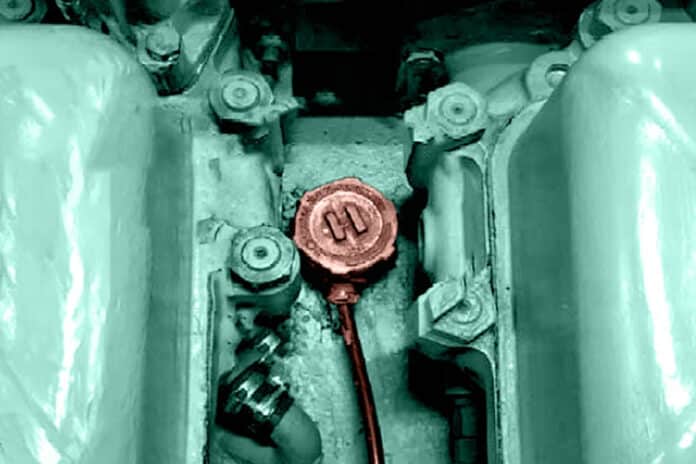MIT scientists have devised a new system to monitor the conduct of all electric devices in a building, ship or factory. In addition, the system determines which ones are in use at any given time and whether any are showing signs of imminent failure. Moreover, it can potentially monitor energy usage to identify possible efficiency improvements and determine when and where devices are in use or sitting idle.
The system actually comprises a sensor- attached to the outside of the electrical wire at a single point, without requiring any cutting or splicing of wires. From that single point, it senses the current flow in adjacent wire and detects the distinctive signatures of each motor, pump, or piece of equipment in the circuit by analyzing tiny, unique fluctuations in the voltage and current whenever a device switches on or off.
The technology is especially well-suited for relatively small, contained electrical systems such as those serving a small ship, building, or factory with a limited number of devices to monitor. In a series of tests on a Coast Guard cutter based in Boston, the system provided a dramatic demonstration last year.

About 20 different motors and devices were being tracked by a single dashboard, connected to two different sensors, on the cutter USCGC Spencer. The sensors, which in this case had a hard-wired connection, showed that an anomalous amount of power was being drawn by a component of the ship’s main diesel engines called a jacket water heater.
MIT professor of electrical engineering Steven Leeb said, “At that point, crewmembers were skeptical about the reading but went to check it anyway. The heaters are hidden under protective metal covers, but as soon as the cover was removed from the suspect device, smoke came pouring out, and severe corrosion and broken insulation were clearly revealed.”
“The ship is complicated. It’s magnificently run and maintained, but nobody is going to be able to spot everything.”

Lt. Col. Nicholas Galanti, engineer officer on the cutter, says “The advance warning from NILM enabled Spencer to procure and replace these heaters during our in-port maintenance period and deploy with a fully mission-capable jacket water system. Furthermore, NILM detected a serious shock hazard and may have prevented a class Charlie [electrical] fire in our engine room.”
“Detecting anomalies before they become serious hazards is the dashboard’s primary task, but it can also perform other useful functions. Constantly monitoring which devices are being used at what times, it could enable energy audits to find devices that were turned on unnecessarily when nobody was using them or spot less-efficient motors that are drawing more current than their similar counterparts. It could also help ensure that proper maintenance and inspection procedures are being followed by showing whether or not a device has been activated as scheduled for a given test.”

“The system allows for energy scorekeeping, activity tracking, and condition-based monitoring. But it’s that last capability that could be crucial, especially for people with mission-critical systems. In addition to the Coast Guard and the Navy, he says, that includes companies such as oil producers or chemical manufacturers, who need to monitor factories and field sites that include flammable and hazardous materials and thus require wide safety margins in their operation.”
The research team also included graduate students Daisy Green, Jennifer Switzer, Thomas Kane, and Peer Lindahl at MIT; Gregory Bredariol of the U.S. Coast Guard; and John Donnal of the U.S. Naval Academy in Annapolis, Maryland. The research was funded by the U.S. Navy’s Office of Naval Research NEPTUNE project, through the MIT Energy Initiative.
The study is described in the March issue of IEEE Transactions on Industrial Informatics in a paper by MIT professor of electrical engineering Steven Leeb, recent graduate Andre Aboulian MS ’18, and seven others at MIT, the U.S. Coast Guard, and the U.S. Naval Academy. A second paper will appear in the April issue of Marine Technology, the publication of the Society of Naval Architects and Marine Engineers.
